“Christmas in June” – Brasserie au Baron: Saint-Médard Cuvée de Noël
10,000 Birds
JUNE 11, 2021
Brasserie au Baron has its origins in a bistro run by the Bailleux family since 1973 in Gussignies, a small French town along that lies along the river Hogneau right at the border with Belgium’s Hainaut province in the Francophone south of that country. The earliest parts of the church date to the Anglo-Saxon era.

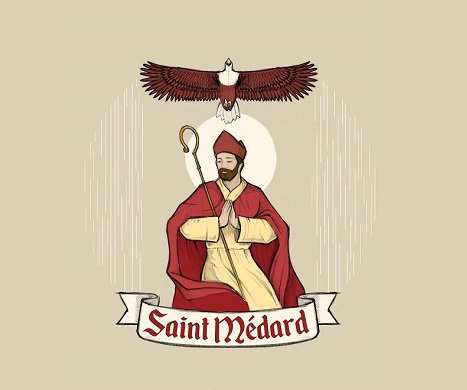
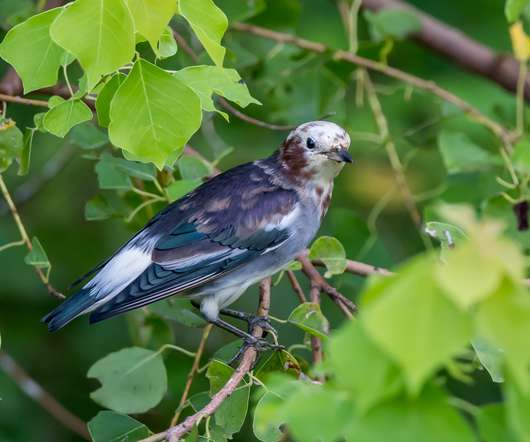

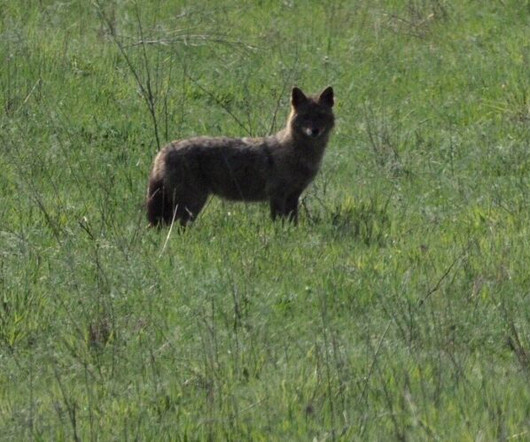


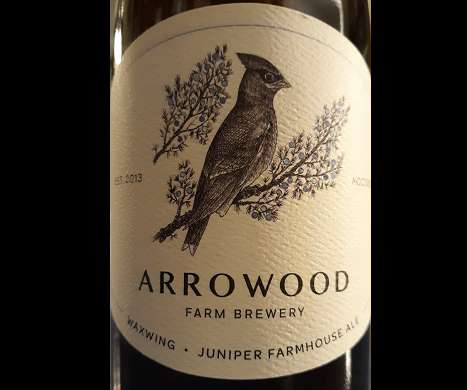






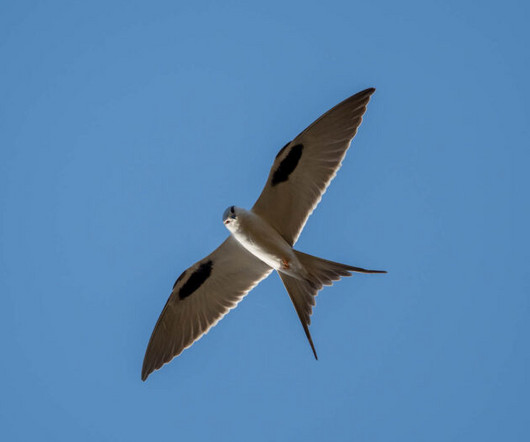






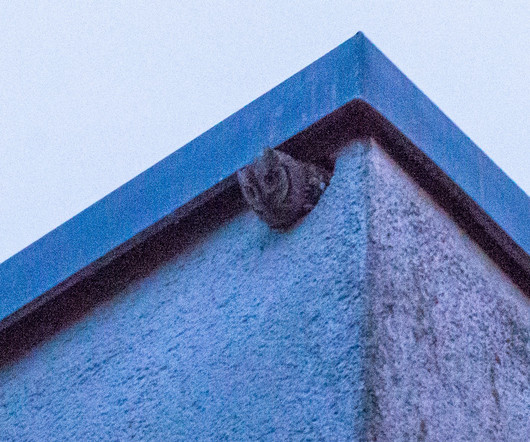






Let's personalize your content